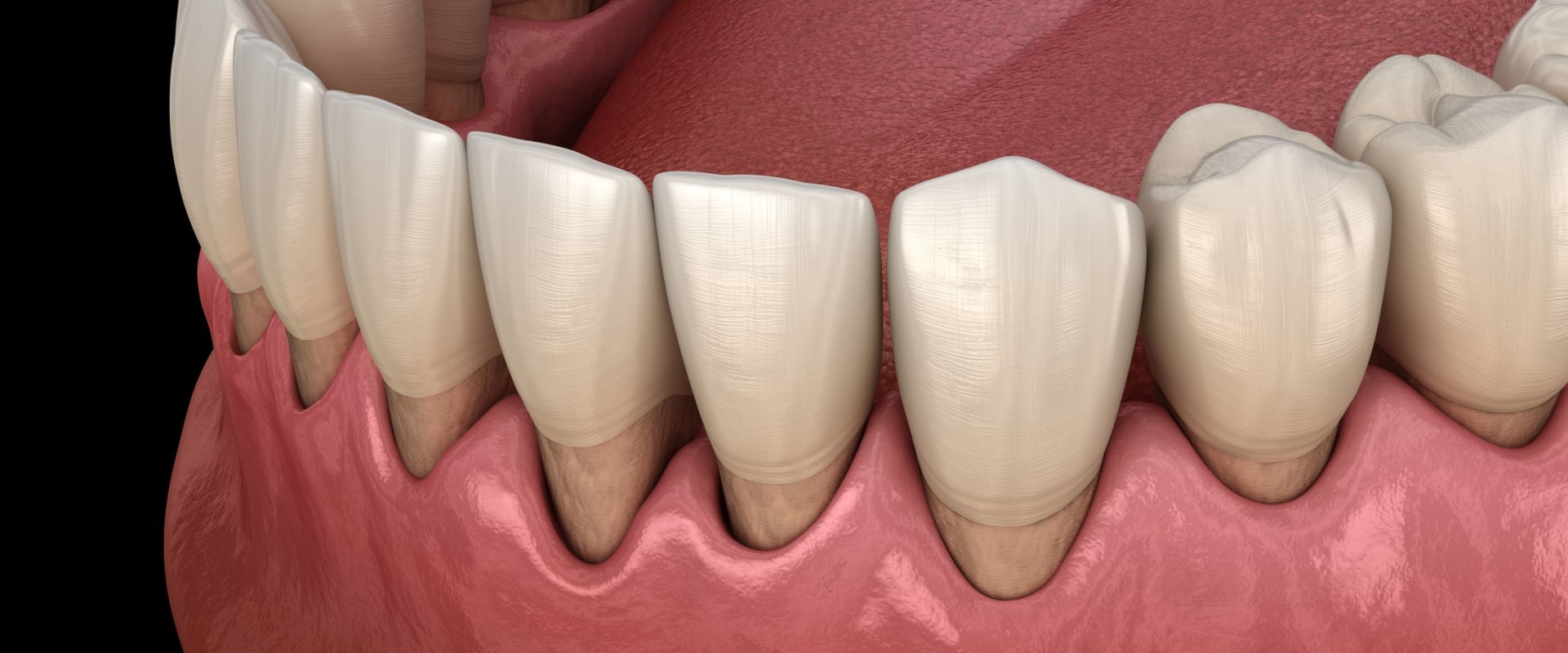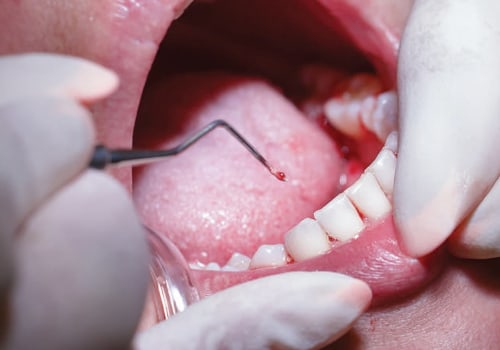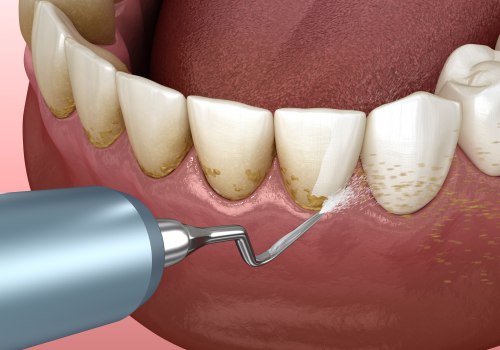Gum graft surgery is a dental procedure used to treat thinning gums or gum recession. It covers exposed tooth roots and adds volume to the gumline, improving overall oral health. Recovery usually takes one to two weeks, but it may take longer. The process involves removing a piece of tissue from the palate or nearby healthy gingival tissue and grafting it in the place where the gum tissue has regressed. Gum grafting is a standard treatment for receding gums to avoid exposing the root surface of the teeth, which can cause tooth decay and discomfort.
It can reverse these negative consequences of the condition and restore gum health to preserve the protective barrier that surrounds the teeth. A periodontist is the professional who performs this dental treatment. During the initial consultation, the periodontist will guide the patient through the gum grafting process. If your dentist or gingicist (periodontist) has recently told you that you need a gum graft, don't panic. The procedure itself does not take much time, as the periodontist has already identified the donor tissue to be extracted and mapped the area of the graft. The periodontist then uses this trap to find and remove a piece of connective tissue underneath and suture it where the gums have retracted.
In severe cases where most of the gums are retracted, or if more than five teeth need to be covered, an alternative graft may be recommended. It's simply a matter of going to a periodontist to determine the severity of the recession problem and what is the most appropriate gum grafting procedure. The periodontist will discuss each of these gum grafting procedures with the patient and will recommend the ideal option based on their unique situation and oral health history. If you're considering gum graft surgery, it's important to talk to your dentist or periodontist about whether it's right for you or not. You can also talk to your periodontist about getting gingivoplasty or gum tissue remodeling to improve your appearance and complete your beautiful smile. The success of the gum grafting procedure depends on the correct grafting procedure, preparation, and recovery, all of which are possible with an experienced periodontist. Periodontists note that pedicular gum grafting is usually the most successful because it does not interrupt blood flow in the tissues involved. It is simply a consultation with the periodontist to find out how serious the problem of recession is and what is the best gum grafting technique for each case.
Your periodontist will explain each of these gum grafting techniques and recommend the best type depending on your specific case and oral health history. Because the periodontist has previously selected the donor tissue for removal and has traced the site of the graft, the gum grafting process itself is rapid.








